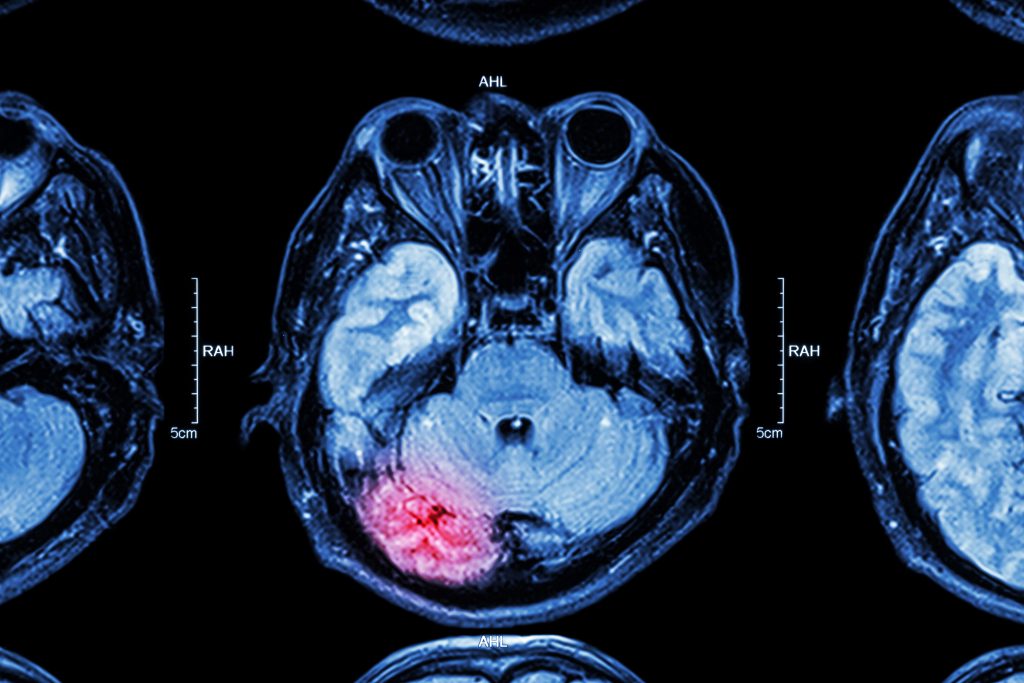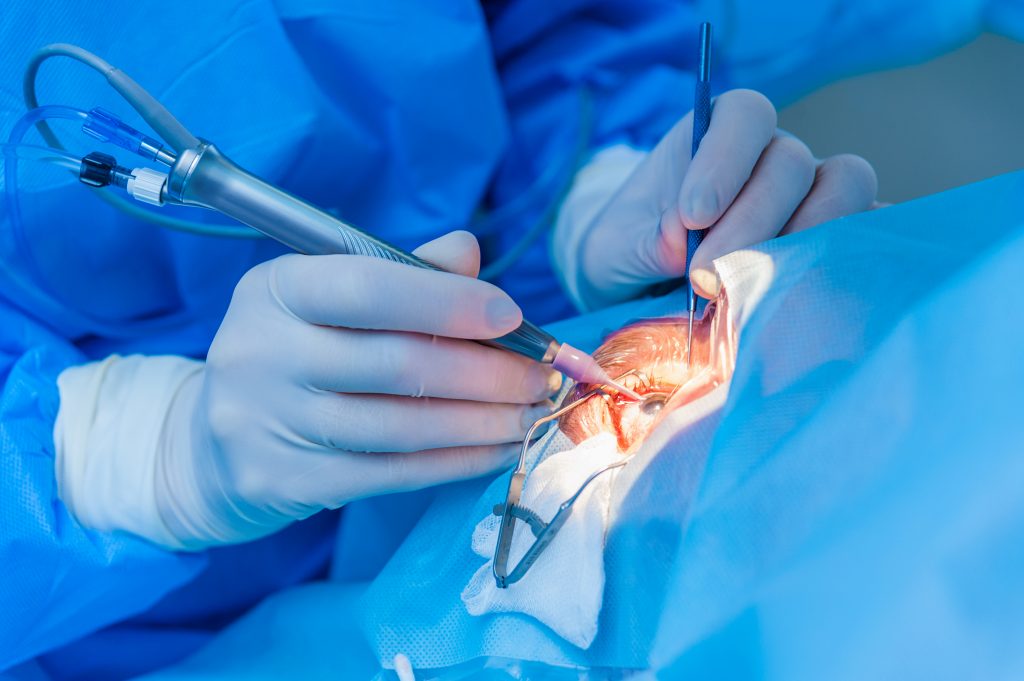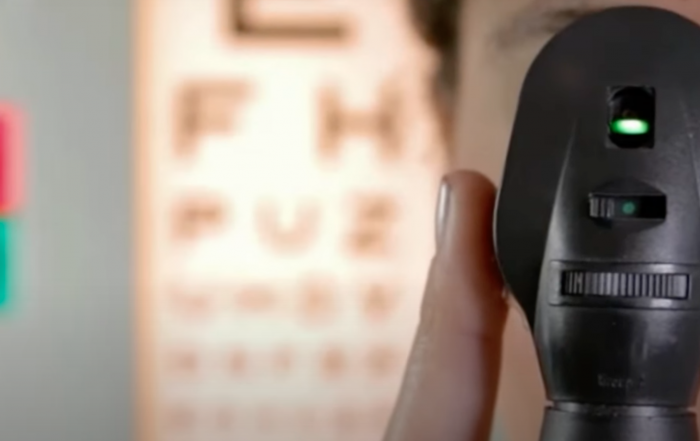A condition which the eyes aren't aligned and pointed in the same direction.
Strabismus (the medical term for crossed eyes) occurs when the eyes are not correctly aligned and point in opposite directions. One eye may be fixed on something while the other turns in, out, up, or down. It’s possible that the misalignment will change from one eye to the other.
Because both eyes must focus at the same area in order to see properly, strabismus hinders vision.

Strabismus comes in a variety of forms. The direction of the eye deviation is the most prevalent way to characterize strabismus. Esotropia, exotropia, and hypertropia are the three most common kinds of strabismus.
The reason of strabismus can also be described. Three of the twelve cranial nerves that control eye movement (III, IV, and VI) can become weak or palsied, resulting in strabismus. Third nerve (III) palsy and superior oblique (IV) palsy are two examples of this type of strabismus.
Brown syndrome and Duane syndrome are two examples of unusual strabismus patterns.
The inward turning of the eyes is known as esotropia (aka “crossed eyes”). Infantile esotropia, accommodating esotropia (associated to farsightedness), and sixth nerve palsy are all examples of esotropia. The term exotropia refers to the outward twisting of the eyes (aka “wall-eyed”)


Vertical misalignment is described by the terms hypertropia and hypotropia. Hypertropia is a condition in which one eye is higher than the other. Hypotropia is a condition in which one eye is lower than the other. Depending on which eye is being described, the terms can be interchanged.
The majority of strabismus is caused by a problem with the neuromuscular ( brain Control) control of eye movement. We still don’t know everything there is to know about these brain control areas. A issue with the actual eye muscle is a less prevalent cause of strabismus.
All muscles in both eyes must be balanced and working together in order to line up and focus both eyes on a single target. These muscles are controlled by the brain. People with strabismus often have a difficulty with their eye muscles. Some of these issues could include:
Diabetes, Graves’ disease, Myasthenia gravis, brain tumors, or a stroke are all examples of health issues.
Accidents or injuries to the head
Damage to the eye muscles as a result of eye surgery
The majority of individuals with strabismus have had it from childhood. However, it can also begin later in life.
Strabismus is a condition that affects youngsters who are otherwise healthy. Brain problems like cerebral palsy, Down syndrome, hydrocephalus, and brain tumors, on the other hand, are more prone to cause strabismus.


The most prominent indication is the appearance of misaligned eyes. Adults with strabismus may also have the following symptoms:
Weakness in or around the eyes, or the sensation that something is pushing on your eyes.
Changes in vision, such as double vision (seeing two images in one), fuzzy vision, reading difficulties, or a loss of depth awareness.
To see an image clearly, you must constantly tilt or turn your head.
Symptoms of strabismus might be persistent or intermittent.
Strabismus can easily be diagnosed by your optometrist with a simple test called a cover test. The extent of the deviation is measured with prisms to neutralize the motion of the lazy eye.
Poor vision in one eye may also help with the diagnosis of Strabismus due to Amblyopia. Amblyopia is a condition which can be caused by the eyes being misaligned. The brain perceives two different visual representations when the eyes are pointed in different directions. To avoid double vision, the brain may suppress the image from the turned eye, resulting in impaired vision development in that eye. A poor-seeing eye may also become misaligned.


How to fix a crossed eye:
Adult surgery for strabismus (crossed eyes)
This is the most common strabismus treatment. Surgery can help restore healthy eyesight by improving eye alignment.
Strabismus is a condition in which the muscles around the eyes are either overly rigid or too weak. Certain eye muscles can be loosened, tightened, or moved by an ophthalmologist in order for the eyes to line up properly and work together. Treatment for strabismus may need multiple surgeries.
In most cases, surgery is performed as an outpatient procedure in a hospital or surgery center, under general or local anesthetic. To reach the eye muscles, your ophthalmologist creates a small cut in the tissue around the eye. After that, the muscles are adjusted to assist the eyes in pointing in the same direction. It’s possible that you’ll need to do this in one or both eyes. Within a few days of strabismus surgery, you can resume your normal routine.
Vision Therapy (Exercising your eye muscles)
You can learn techniques from an optometrist to help you converge your eyes. If you have “convergence insufficiency,” these activities can assist. When your eyes don’t turn in properly for close tasks like reading or computer work, you will experience this.
Spectacles with a prism
Light rays are bent (refracted) by a prism, which is a transparent, wedge-shaped lens. A prism can be added to spectacles or built into the lens itself. Some patients with mild double vision may benefit from prisms, which allow them to view only one image rather than two.
Botulinum toxin (Botox®) is a toxin produced by botulinum toxin.
An injection (shot) of this medication into the eye can help correct strabismus in some circumstances. It paralyzes the muscles in your eyes that prevent them from aligning properly. The effect can last a few months or it can enhance eye alignment permanently.
The easiest ways to prevent Strabismus is to have early and frequent eye exams. A common cause for children is far sightedness or Hyperopia. This causes the eyes to over focus which also causes them to over converge. The leads to double vision, then suppression and ultimately and eye turn. A simple pair of glasses correcting the far sightedness will prevent all of this. Other neurological or muscular causes are not easily prevented. They can be inherited.


Depending on the type of treatment the outcomes can be quite different. If the misalignment is due to farsightedness and the treatment is glasses. The visual outcome is usually very good, especially of caught early. The longer the condition is uncorrected the longer it will take to regain visual acuity. With surgical treatment the outcomes can be quite varied. In many cases multiple surgeries are required which may or many not perfectly align the eye cosmetically. However, a slight misalignment that may be undetected cosmetically can still lead to a poor visual outcome. Vision therapy tends to have the best overall outcome because it forces the vital pathways to be stimulated throughout the process.
Strabismus is one of the most prevalent eye disorders in children, affecting 2 to 4% of the population. It can easily go undetected if the eye turn is very slight. Early detection and treatment is key.
In adults, the prevalence of strabismus is generally lower than in children. However, it can still occur due to various factors such as trauma, neurologic conditions, or other underlying health issues.
Keep in mind that the number of people who have strabismus can vary from one group to the next, and that estimates may change over time as new study comes out. In the event that you or your child’s eyes seem to be out of place or you think they might have strabismus, you should see an eye doctor right away for a full test and the right treatment.

Visit a low vision specialist to learn more about low vision aids and choose the proper ones. Find one in your region.